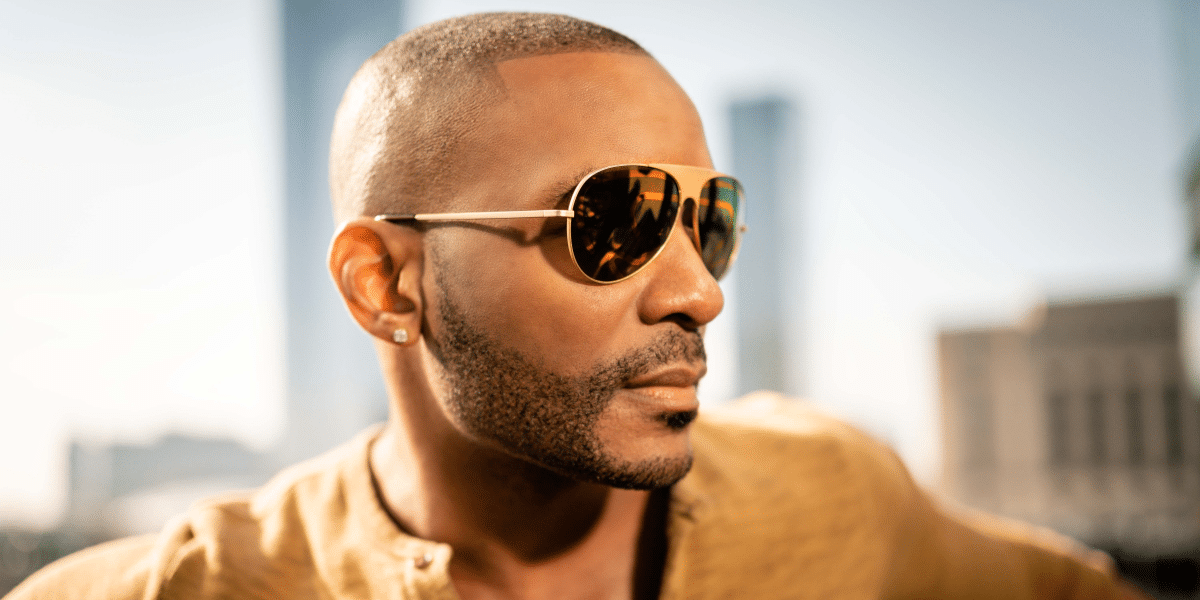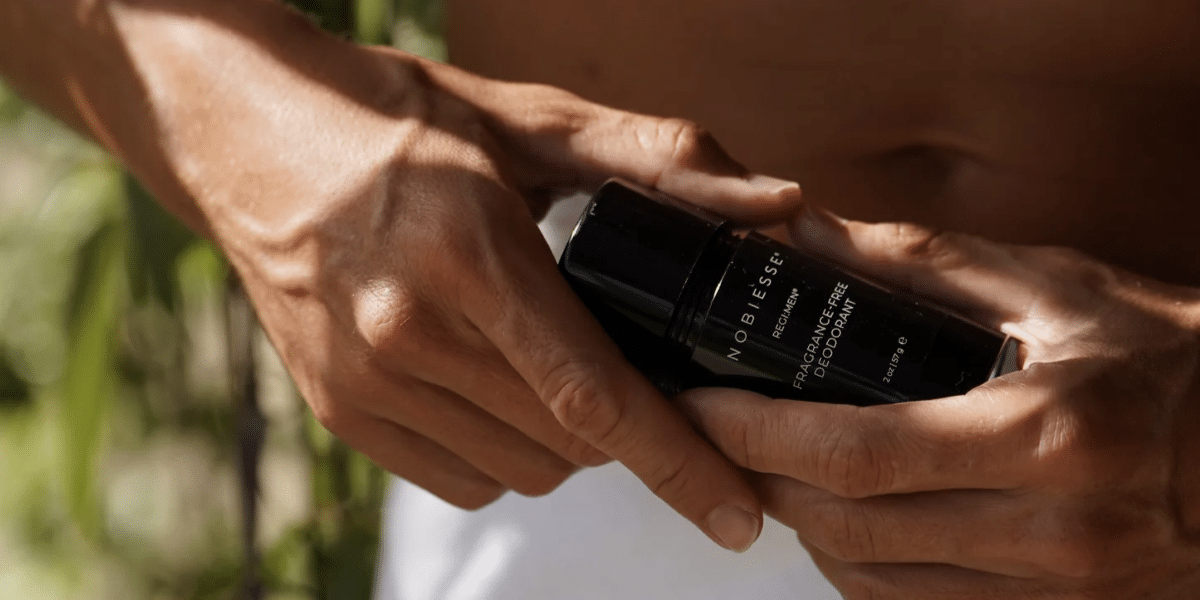In the world of sports, athletes are celebrated for their strength, agility, and determination. However, beneath the glamor of victory lies a silent threat that often goes unnoticed and untreated: brain injuries. These invisible wounds can have devastating long-term effects on athletes, impacting not just their physical health but also their cognitive abilities, mental well-being, and emotional stability. Careers may be abruptly halted, dreams shattered, and futures uncertain as the repercussions of these injuries linger, often following them beyond their athletic career.
From the head-to-head collisions of football to the graceful spins of figure skating, athletes in various sports face the constant risk of head injuries. Concussions, the most common type of brain injury, occur when the brain collides with the skull due to a sudden impact or jolt. While some concussions may manifest with visible symptoms like dizziness or loss of consciousness, others can be subtler and longer lasting, making them challenging to detect and treat.
Real-Life Examples: Athletes and Brain Injuries
Some famous athletes have experienced the harsh reality of brain injuries firsthand. For example, former NFL star Troy Aikman suffered multiple concussions throughout his football career, leading to long-term health concerns. Similarly, soccer legend Brandi Chastain, known for her iconic World Cup-winning goal, has spoken openly about her struggles with post-concussion syndrome.
The Long-Term Consequences
One of the most concerning aspects of brain injuries in athletes is the potential for long-term consequences. Research has shown a link between repetitive head trauma and chronic traumatic encephalopathy (CTE), a degenerative brain disease. Symptoms of CTE, such as memory loss, mood swings, and cognitive decline, can significantly impair an athlete’s post-retirement life.
Addressing the Challenge
Despite the risks, addressing brain injuries in athletes remains a complex challenge. The culture of sports often prioritizes toughness and resilience, leading athletes to downplay their symptoms or continue playing despite potential harm. However, progress is being made in recognizing and managing brain injuries in sports.
Leagues and organizations have implemented stricter concussion protocols, requiring athletes to undergo thorough evaluations before returning to play. Additionally, advancements in sports equipment, such as improved helmets, aim to reduce the force of head impacts and mitigate injury risk. Education also plays a vital role in preventing and addressing brain injuries in athletes.
In cases where athletes suffer brain injuries due to negligence or unsafe conditions, seeking legal recourse may be necessary. According to Maloney & Campolo, a San Antonio personal injury attorney, seeking legal counsel can help athletes understand their rights, navigate the legal process, and pursue compensation for medical expenses, lost wages, and pain and suffering.
Advancements and Education
Coaches, trainers, and athletes themselves must be knowledgeable about the signs and symptoms of concussions and other head injuries. By fostering a culture of safety and open communication, teams can create an environment where athletes feel empowered to report their symptoms without fear of repercussions. Furthermore, ongoing research is essential for understanding the complexities of brain injuries and developing effective prevention and treatment strategies.
Scientists are studying biomarkers that could indicate the severity of a concussion and predict long-term outcomes, paving the way for personalized care for injured athletes. Additionally, innovative therapies, such as neurorehabilitation programs and neurofeedback training, show promise in promoting recovery and reducing the risk of future injuries.
Become an Advocate and Raise Awareness
In preparation to observe Brain Injury Awareness Month, everyone is encouraged to raise awareness and take action to protect the well-being of athletes at all levels. By fostering a culture of safety, promoting education, and supporting research efforts, everyone can ensure that sports remain a source of inspiration and joy while prioritizing the health and safety of athletes worldwide.
Published By: Aize Perez










